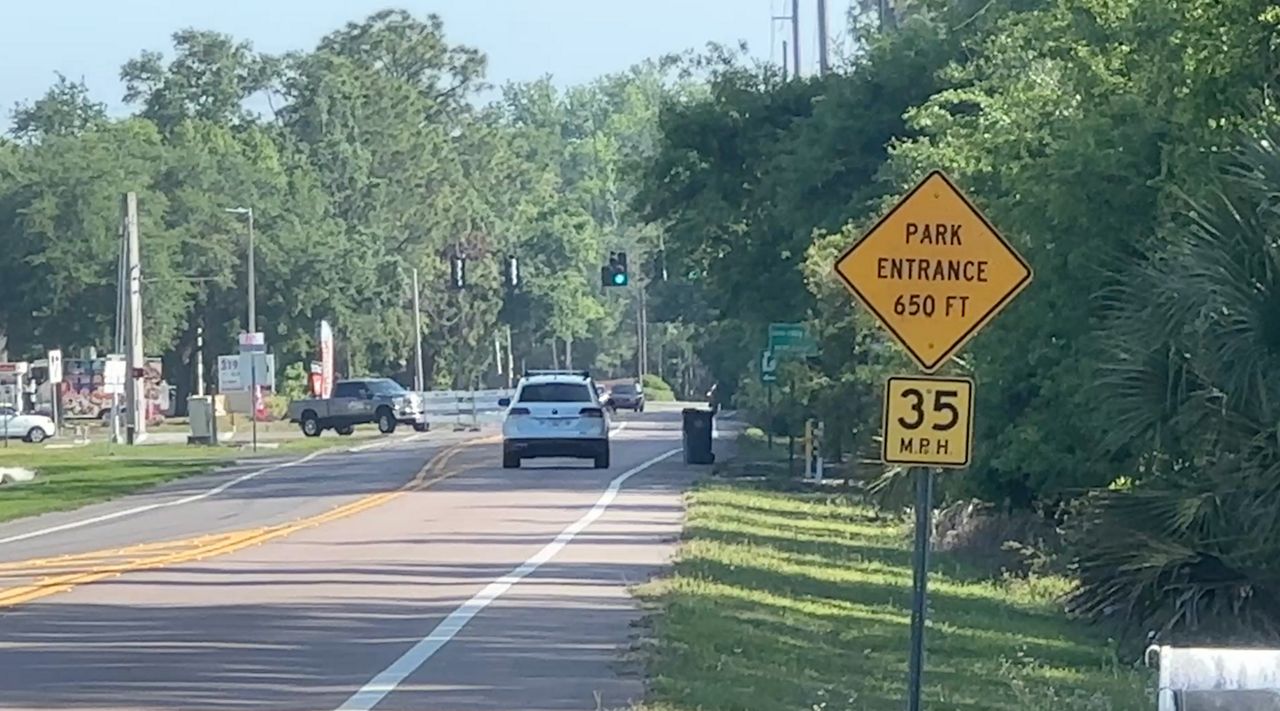TAMPA, Fla. — A robot-like device is helping stabilize patients at Tampa General Hospital and help them to walk again.
Daily therapy means stroke patients and those suffering from spinal cord injuries or neurological conditions can work toward taking more steps each session.
What You Need To Know
- A robot-like device is helping stabilize Tampa General Hospital patients enough for them to walk again
- Patrick McCreery suffered a stroke in April and is now using the Ekso Bionics exoskeleton as part of his treatment
- The frame is customized with each patient’s measurements and level of assistance for their specific needs
Patrick McCreery suffered a stroke in April, which caused him to lose function on the right side of his body. The 73-year-old has been using the Ekso Bionics exoskeleton as part of his treatment for about a month.
The frame is customized with each patient’s measurements and level of assistance for their specific needs.
“You take for granted the ability to walk until you no longer have the ability,” McCreery said. “So it feels really good.”
With a chuckle, McCreery says his grandchildren have given him the nickname “RoboPop.”
“I can control the speed, the step length, the step height,” said Manuel Garcia, Doctor of Physical Therapy at Tampa General Hospital’s Rehabilitation Center. “We can actually increase the speed on it as well, which is very important for muscle memory and neurological re-function of the brain.”
Rehabilitation experts say this approach to treatment gets patients walking faster than with traditional treatments or technology.
“We’re able to get patients up sooner, so getting upright is usually a big barrier because the weakness is very significant after a stroke,” said Dr. Rigoberto Nunez, who serves as vice chief of Physical Medicine and Rehabilitation at Tampa General Hospital.
Garcia said the device also can help accelerate the patient’s progress.
“The unique part about this is that we’re able to actually take about 1,000 steps, or up to 1,000 steps or more, compared to other walking devices or other walking treatments where we can only get up to 40 or 50 steps at a time, or per session,” he said.
McCreery said he is astounded by the progress he has made using the exoskeleton.
“It is very incredible actually, if you think about it, to be able to walk when you're not supposed to,” said McCreery, who took more than 800 steps during his session.









